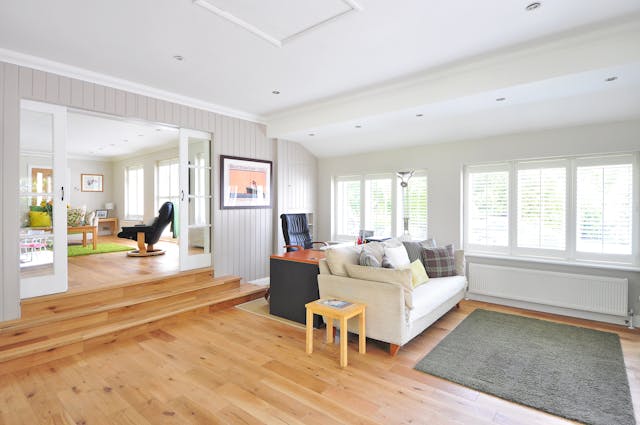
Is Iternal Wall Insulation Better Than External
In the realm of home improvement and energy efficiency, insulation plays a crucial role. It not only keeps our homes comfortable but also helps in reducing energy consumption and lowering utility bills. When it comes to insulation, two primary methods stand out: external wall insulation and internal wall insulation. Both approaches have their merits and demerits, but the question remains: which one is better? Let’s delve into the nuances of each to find out.
Understanding Internal Wall Insulation
Internal wall insulation involves adding insulation material to the interior walls of a property. This method is particularly beneficial for properties with solid walls where external insulation might not be feasible. It typically involves fixing insulation boards or stud walling to the interior walls, followed by plastering or dry-lining to finish.
One of the significant advantages of internal wall insulation is that it’s relatively straightforward to install, especially during renovations or refurbishments. It also doesn’t alter the external appearance of the property, which can be crucial for heritage or listed buildings where external changes may not be allowed.
However, internal wall insulation does have its drawbacks. It can reduce the floor area of rooms slightly, and it may not be as effective as external insulation in preventing thermal bridging, where heat escapes through the walls.
Exploring External Wall Insulation
External wall insulation, as the name suggests, involves insulating the exterior walls of a property. This method typically includes fixing insulation boards to the outside walls and then covering them with a render finish. External wall insulation offers several advantages over internal insulation.
One significant advantage of external wall insulation is its ability to eliminate thermal bridging effectively. By insulating the entire exterior surface, it creates a continuous barrier against heat loss, resulting in improved energy efficiency and lower heating bills.
Moreover, external wall insulation can enhance the aesthetics of a property. The render finish comes in various colors and textures, allowing homeowners to customize the appearance of their homes while also providing a protective layer against weathering and moisture ingress.
The Debate: External vs. Internal Insulation
Now that we’ve examined the basics of both external and internal wall insulation, let’s compare them in different aspects to determine which one might be better suited for your needs.
Energy Efficiency:
External wall insulation tends to be more energy-efficient than internal insulation. By enveloping the entire building with insulation, it minimizes heat loss through thermal bridging, resulting in lower energy consumption and reduced carbon emissions.
Installation Complexity:
While internal wall insulation is simpler to install and doesn’t require scaffolding or extensive exterior work, external insulation can be more complex and costly. However, the long-term energy savings and potential increase in property value often justify the initial investment in external insulation.
Impact on Living Space:
Internal wall insulation can reduce the floor area of rooms slightly due to the thickness of the insulation material and additional wall layers. On the other hand, external insulation doesn’t encroach on interior space, making it more suitable for properties with limited room dimensions.
Aesthetic Considerations:
External wall insulation offers greater flexibility in terms of aesthetics, allowing homeowners to choose from a wide range of colors and finishes to complement their property’s style. Internal insulation, while not altering the external appearance, may require additional decorative finishes to achieve the desired look.
External Wall Insulation Essex: A Closer Look
In Essex, where the climate can vary from mild to cold throughout the year, external wall insulation becomes an attractive option for homeowners looking to improve energy efficiency and enhance the visual appeal of their properties.
With its coastal location, Essex properties are exposed to wind and moisture, making external insulation a practical choice for protecting against weathering and dampness. Additionally, the aesthetic versatility of external insulation allows homeowners in Essex to revitalize their properties while also reaping the benefits of improved insulation.
Whether you reside in Colchester, Chelmsford, or Southend-on-Sea, External Wall Insulation Essex services offer tailored solutions to meet your specific requirements. From initial assessment to installation and finishing touches, experienced professionals ensure a seamless process from start to finish.
Conclusion
In the debate between external and internal wall insulation, there’s no one-size-fits-all answer. Both methods have their advantages and limitations, and the choice ultimately depends on factors such as property type, budget, aesthetic preferences, and local climate conditions.
However, for homeowners in Essex and similar regions where weather resistance and visual appeal are paramount, External Wall Insulation Essex emerges as a compelling choice. With its ability to enhance energy efficiency, protect against the elements, and transform the look of properties, external insulation offers a comprehensive solution to meet the diverse needs of homeowners in the region.

No Comments